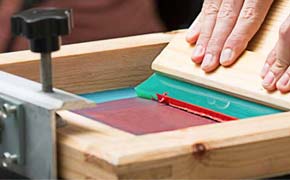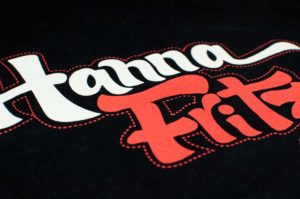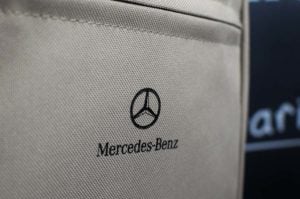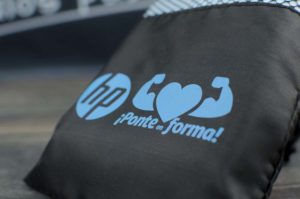Serigraphy

prepress
It is the first step of the process and the preparation of the photolitho is carried out. The first process is to separate colors from the design. Each silkscreen screen will have a separate color that must be printed on a photolithograph, these can be made of different materials, the most common being transparencies made of translucent polyester. The photolithograph is always printed in a very opaque black and cannot contain gray as these shades can be simulated with screens and halftones with photo retouching programs.
Once the photoliths have been printed, we prepare the screen for screen printing, which consists of a wooden or metal frame with a polyester mesh. A photosensitive emulsion is applied on both sides of this mesh and allowed to dry. Once the screen is dry, it is ready to be used. The printed photolith is placed on the serigraphy screen and it passes to the insolator where light will be applied for a certain time. Once the screen is exposed to light, it is revealed by applying water directly to it. By means of this development process, the black parts of the photolithograph, when water is applied to the emulsion, separate, leaving a mask through which the ink can pass. The process is repeated for each color of the design since they must each go on different screens.
Once it has dried, it is placed in the screen printing machine or octopus and the edges of the frame are sealed to facilitate cleaning of excess ink.
The ink is applied on the screen and the garment to be printed is placed under it on a table. The ink applied on the screen is moved by means of a squeegee that has a rubber brush to facilitate the sliding of the ink on the screen and it will have been deposited on the garment. If the design has several colors, this process is done with each color separately until they are all printed on the garment.
Drying and curing
Once all the colors have been printed, the garment is placed in a special oven where the ink goes through a curing process to ensure the ink is fixed to the garment. The curing temperature will vary depending on the type of ink and the material of the garment to be printed.
Screen printing is suitable for flat surfaces. The stamping process is done using a screen with a mesh that is stretched around a rigid frame. The areas of the image that are not going to be printed are masked by creating a template with the design. To make the stamping with the template, it is placed on the article to be stamped. The ink is placed on the mesh of the screen and with a squeegee the ink is pressed through the screen, it is lifted gently to avoid any staining. The ink is allowed to air dry or cure depending on the product and the ink used. The process is ideal for flat colors without variation of tones.
The most common prints in screen printing are made on items such as: t-shirts, sweatshirts, bags, backpacks, etc.
In favor:
- It is an economical and durable solution (medium and long print runs).
- It can be printed on almost any surface.
- Pleasant to the touch since the ink is printed directly on the material.
- Excellent resistance to washing.
Against:
- The time of the pre-printing process (not suitable for very short runs).
- It is not suitable for shades of the same color and full color design (photographs).




